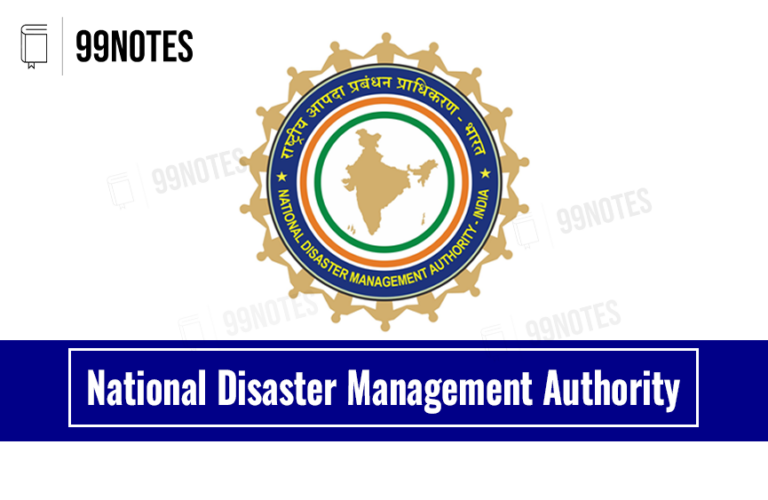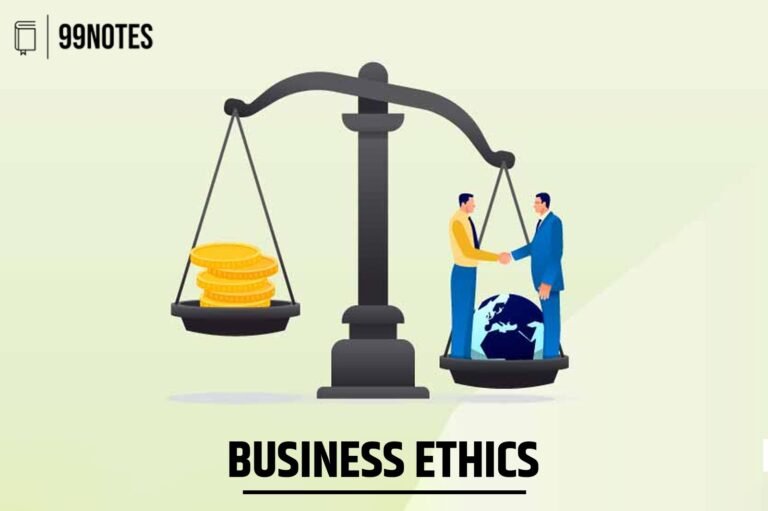Challenges and Reform in Indian judiciary
Challenges with the Indian Judiciary:
Judiciary is one of the three organs of the government. Indian judiciary is integrated and independent judiciary. Despite the most important part of the Indian polity, it faces some issues as following:
Issue in Appointment:
- Lack of transparency in the Appointment: There is a lack of transparency in the appointment of the higher Indian judiciary. Judiciary appointing the judiciary has led the judiciary to be largely self-appointing in practice.
- Delay in Appointment: Sometimes names proposed by the collegium are left pending for years.
Shortage of judges: India has a low judge-to-population ratio. India requires 50 judges per million populations, but this figure is currently only 21 per million people.
Pendency of the cases: As of December 2023, more than 5 crore cases are pending in the Supreme Court, High Court, and subordinate judiciary. Of them, around 80,000 cases are pending in the Supreme Court. Most pendency is in subordinate Courts (~87%), whereas it is ~12% in High Courts.
Issues of infrastructure:
Pendency is caused majorly by poor judicial infrastructure, including an abysmally low number of judicial courts. Court funding is at the discretion of the government, which is either particularly frugal or deliberately unwilling to spend money on the matter.
- For example, 26% of court complexes do not have separate women’s toilets, and 16% do not have gents’ toilets. Only 5% of the court complexes have medical facilities.
- Large numbers of documents and files that need to be stored take away huge spaces of courts and require a lot of time to be arranged and referred to.
Procedural delay in the judiciary: Adjournment in the judiciary causes a delay in the justice delivery.
Lack of accessibility: The Supreme Court has only one seat in Delhi, which affects the accessibility of justice to the southern region.
Parliamentary Overreach: there has been a conflict between the judiciary and the Executive. For example, there is a lack of consensus sometimes in the appointment of the judges.
Low women representation: Women in the judiciary bring with them the gender perspective. It will bring a different approach, a different thinking process, and a different set of emphasis. However, Women’s representation in the judiciary has historically been extremely low. This is largely due to socio-cultural barriers, as well as systemic disparities in the legal system.
Outdated law: A Petition is filed against outdated laws that increase the burden on the judiciary and cause judgment to be delayed. Sometimes, there is a conflict between laws, and there is a lack of clarity that complicates the cases and delays the judgement.
Issues in the criminal cases: There are serious issues in the criminal justice system, for example, the overburdening of the Police due to excess work of maintaining law and order, prevent crime and evidence collection etc. There has been a delay in the prosecution due to delay in the evidence collection, delay in investigation by Police, etc
Bar council issues:
- Protests and strikes by the lawyers impede the functioning of the judiciary.
- Legal education has been outdated. Also, there is a lack of diversity and lack of interdisciplinary nature in legal education.
Issue of corruption:
It is said that when the judiciary is corrupt, then the darkness in society cannot be imagined. Over 1,600 complaints were received in the CPGRAMS regarding the functioning of the judiciary, including judicial corruption, in the last five years. There is no accountability of the judiciary. Media also hides the facts on account of fear of contempt. Without permission from a judge, people cannot file an FIR against the Judge who is bribed.
Reforms needed in the Judiciary:
By Supreme Court:
- Enforce discipline among judges: Any complaint against judges should be processed expeditiously under appropriate procedures.
- Action should be taken in case of corruption: Judicial integrity is a core foundation for the survival of the judicial branch of government. The integrity of the judges should be enforced with the judges’ code of conduct.
- Vacations: Judges take long vacations even though the number of pending cases is rising. The Supreme Court works for 193 days a year, high courts for 210, and trial courts for 245. Vacations can be reduced, and evening courts can be established to deal with the high pendency of cases.
- Use of modern technology in case management: Use of big data to segregate the case based on different types for effective case management. Also, Artificial intelligence can be used by judges in writing judgements.
- Promote ADR: Alternate dispute redressal should be promoted to increase out-of-court settlements that will reduce the burden on the Court.
By Government:
- Work on infrastructure deficit: The government should allocate more resources to the judicial infrastructure of the country.
- Appointment of the Judiciary: NCRWC recommended the formation of a Judicial Commission for judicial appointment. Thus, there is a need for well-structured legislation for a judicial commission with the consultation of the judiciary and Executive. Judicial commission should bring in transparency without compromising judicial independence.
- Amendment of outdated laws: Amend outdated laws from time to time to suit contemporary trends in society. Laws should be made clearer, and they must be implemented with clarity.
- Reform in CJS: Justice Malimath’s recommendations can be adopted to reform the criminal justice system. Reform in the Police, training of the Police in evidence collection, the establishment of forensic labs, and the adoption of plea bargaining will lead to an effective criminal justice system.
- Revision litigation policy: Government litigation constitutes approximately half of all litigation in the Indian judiciary. Thus, there is a need to reform litigation policy and make the Government an Efficient and Responsible litigant. There is a need to reduce government litigation, and the government must cease to be a compulsive litigant; instead, a more practical approach should be taken to appeal the cases in higher courts.
- Fast track court: A specialised Fast track court must be established to increase the adjudication speed of the Court.
By Civil Society:
Avoid frivolous PIL, which may waste the productive time of the judiciary and give it more time to deal with the long-term pending cases.
By Bar Council:
- Combine other subjects with the law courses to increase the diversity of knowledge in the legal field. It will be more interdisciplinary to make it more up-to-date.
- Model Code of conduct of the lawyers
There is a need for reform in the judiciary to make it more responsive to the expectations of the people. The judiciary is the last resort of the people when their rights are infringed. Thus, it is called as the most important pillar of democracy and constitutionalism.




![Mauryan Empire (321-185 Bce): Rulers, Map, &Amp; Administration [Complete Notes For Upsc Exams] | Updated December 29, 2025 Mauryan Empire (321-185 Bce): Rulers, Map, &Amp; Administration [Complete Notes For Upsc Exams]](https://www.99notes.in/wp-content/uploads/2023/04/mauryan-empire-99notes-upsc-1-768x495.webp)


